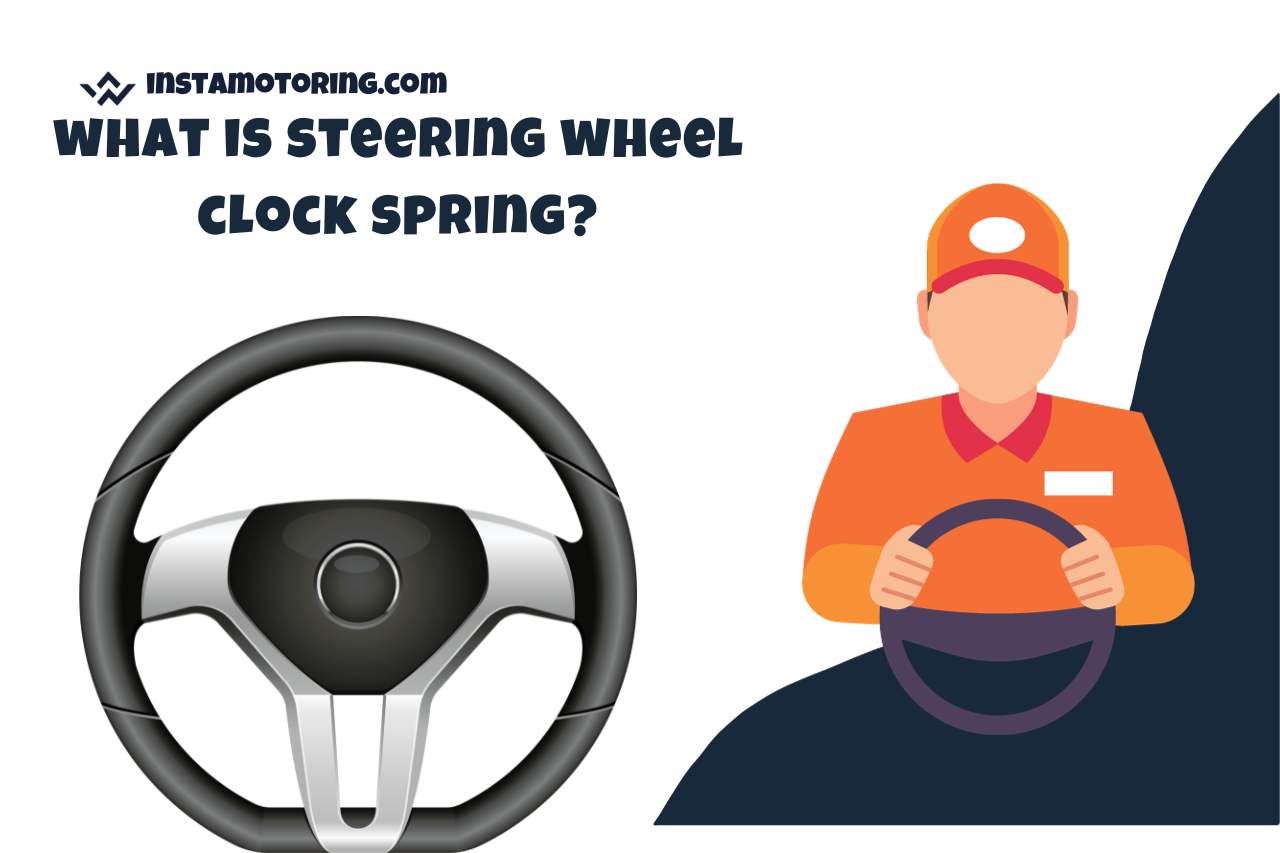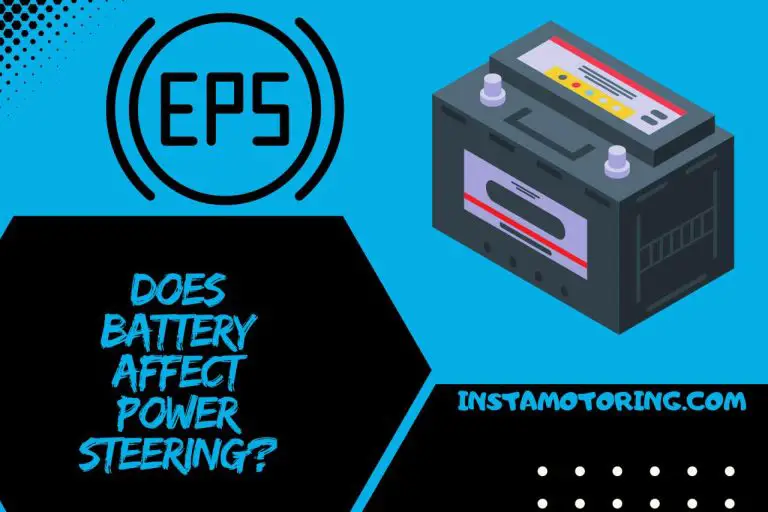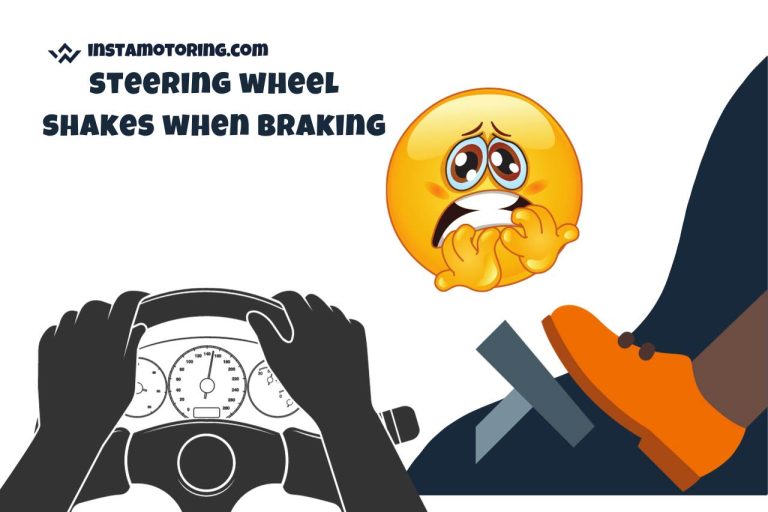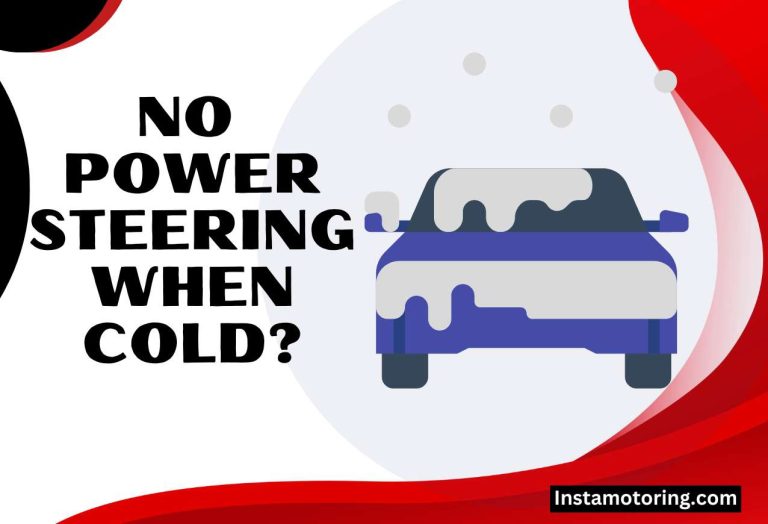What is Steering Wheel Clock Spring?
Ever wondered, “What is a steering wheel clock spring?” At the intersection of safety and vehicle functionality lies this crucial component. With cars evolving fast, understanding components like the clock spring helps demystify your vehicle’s intricate web of features.
What is a Steering Wheel Clock Spring and its Purpose?
The steering wheel clock spring is a coil that connects the steering wheel’s electrical components to the rest of the car.
The purpose of the steering wheel clock spring is to maintain continuous electrical connectivity between the steering wheel and the vehicle’s electrical systems, even as the wheel rotates.
One of the primary reasons clock springs are indispensable is their role in deploying the steering wheel airbag. Without the clock spring, the airbag wouldn’t receive the electrical signal to activate during a collision.
In addition, many modern vehicles come equipped with steering wheel controls for entertainment, voice commands, and cruise control. The clock spring ensures these features work consistently, regardless of the steering wheel’s position.
Where is Clock Spring Located in a Steering Wheel?
The clock spring in the steering wheel is located right behind the wheel itself, nestled within the steering column. This strategic positioning enables it to maintain electrical connections as the steering wheel turns.
Due to its essential role in connecting various functions like airbag systems, horn, and other steering wheel-mounted controls, it’s positioned close to these components for efficient operation.
Typically, you’d find the clock spring housed under a plastic cover in the steering column. It’s safeguarded to ensure no damage or unnecessary wear from everyday steering movements.
If you were to open up the steering column, the clock spring would appear as a flat, ribbon-like coil, wound neatly to allow it to expand and contract with the wheel’s rotations.
Symptoms of a Faulty Steering Wheel Clock Spring
Symptoms of a faulty steering wheel clock spring include:
Airbag Warning Light: The most common symptom, is where the airbag light on the dashboard illuminates, indicating a malfunction in the airbag system.
Horn Issues: Difficulty or inability to use the horn, as the clock spring is responsible for maintaining the electrical connection to the horn.
Steering Wheel Controls Malfunction: Problems with steering wheel-mounted controls (audio, cruise control) not functioning properly.
Unusual Noises: A clicking or snapping sound from the steering wheel area when turning.
Intermittent Airbag Functionality: In some cases, the airbag may function intermittently, indicating a partial clock spring failure. Read our guide on “Can a steering wheel airbag be replaced” for more knowledge.



My name is James, I work as an Automotive Designer with 9 years of experience. I also work as a mechanic and vehicle inspector. I love deciphering complicated car exteriors and interiors and resolving fluid and oil troubles. InstaMotoring.com is here to help you troubleshoot your car with dependable and expert help.




![Car Won’t Start Power Steering Light on [4 Reasons]](https://www.instamotoring.com/wp-content/uploads/2024/01/Instamotoring.com_-768x524.jpg)

![What is a Quick-release Steering Wheel? [Pros and Cons]](https://www.instamotoring.com/wp-content/uploads/2023/09/How-often-should-you-pressure-wash-your-driveway-50-768x512.jpg)
